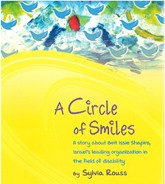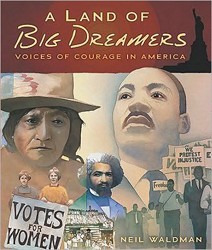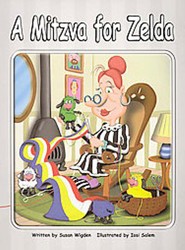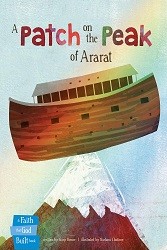It is 1903. Bessie is eighteen and has left her parents and younger siblings in Eastern Europe because of the “mobs, the murder, and the rape.” She is going to join her sister and her new brother-in-law in the United States. As she is boarding the ship, a neighbor hands her a pillow, which she asks Bessie to give to her son in America.
When she first arrives, she goes to her sister’s house, a mansion on the Upper West Side of New York. Her sister’s husband is wealthy but cold and unwelcoming. He tells her that she can join the servants in the kitchen and serve their guests who will be coming for supper. Having almost nothing but the clothes on her back and speaking no English, she tells him she did not come to America to be a servant in his house. She will go to live with friends, which indeed she does. This is the first in a series of traumatic incidents she must face but is a hallmark of her courage, decisiveness, and independence.
Subsequently, she tries to become financially independent by working at a series of jobs. Each position gives her additional skills and improved English. About a year after her arrival, she has the time to deliver the pillow. When she delivers it to the young man from her neighborhood in Lithuania, there is an immediate attraction and within months they are married. Their first two children die of scarlet fever, and the pain of their loss is almost unbearable. However, they have several more children and, although one gets polio and another rheumatic fever, they do not die. Then, just when her husband’s business is going well, he dies of a heart attack at 44. How she resolves this crisis is one of the climaxes of the book.
This immigrant story is not about someone who is downtrodden, but about a woman who came from an educated family in Europe, and is able to make the most of opportunities in a free society. Based on a real family, the book not only gives us a fascinating story, but also an excellent grounding in the politics, medical issues, inventions and commitment to family of the early twentieth century. Recommended for ages 11 to adult.





